China’s EV powerhouse, Nio, has just unveiled its third and smallest brand — Firefly. If this clever little hatchback makes its way down under, it could be one of the most exciting new entries in Australia’s compact EV space.
After teasing it at Nio Day last December, the Firefly officially launched over the weekend, and it’s already turning heads. Starting from around $A25,700, this rear-wheel-drive city car undercuts just about every rival in its class. And thanks to Nio’s unique battery swap tech, the price in China could be even lower, a major factor behind the buzz.
▶️MORE: What should you consider when buying an electric car?
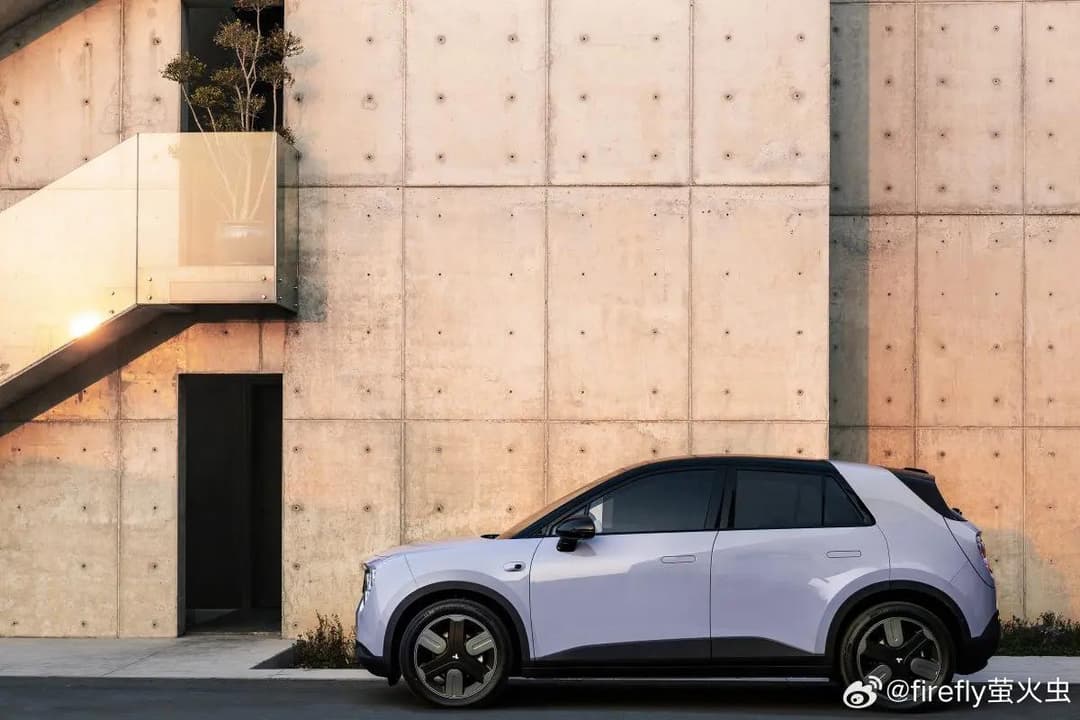
Tech-forward and frunk-loaded
The Firefly is surprisingly well-specced for the price point. For just over $A27,000 for the top-spec version, cheaper than the $A30k pre-sale estimates.
The Firefly is a feature-rich, tech-savvy hatchback designed to outpace the likes of the Mini Electric, Smart EQ, and even Renault’s electric offerings.
One of the first things that stands out (besides its quirky triple-circle headlight design) is the layout. With its rear-mounted motor and a clever frunk design up front, there’s a decent amount of cargo space. And Nio hasn’t skimped on the essentials either — there’s a healthy 92-litre frunk and up to 1,200 litres of boot space when the back seats are folded. For a hatch that’s barely four metres long, that’s impressive.
▶️MORE: Your EV Battery May Last 40% Longer Than Experts Predicted
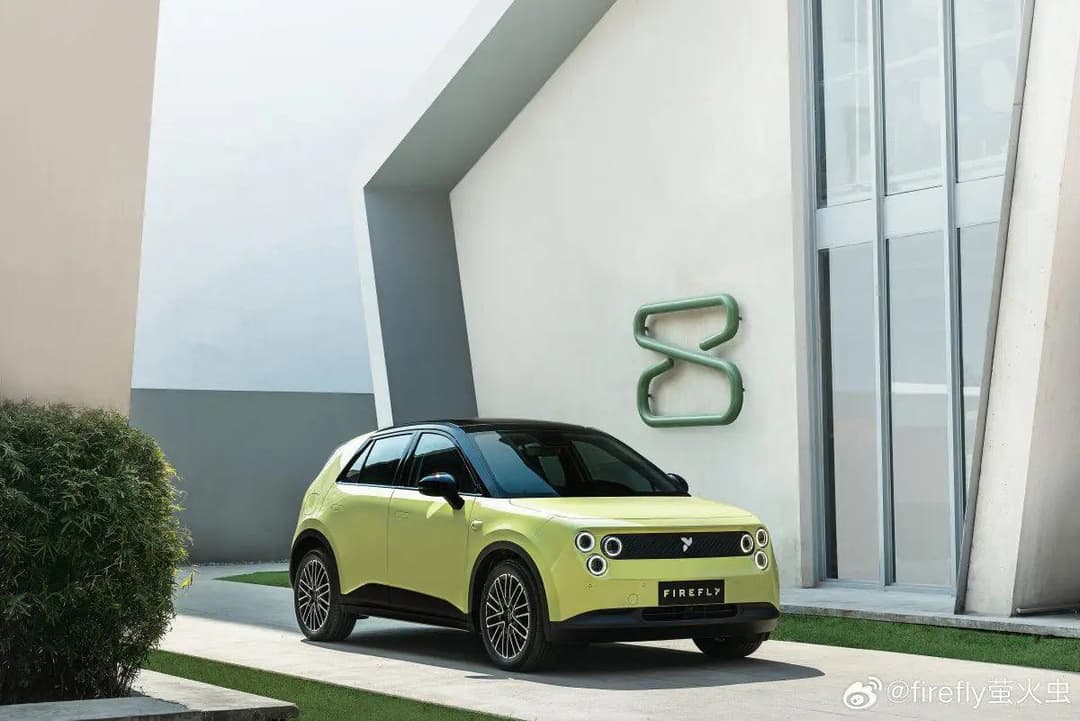
Battery swap optional, range that works
The Firefly packs a 42.1kWh Lithium-Iron-Phosphate battery, which delivers 420km on China’s CLTC cycle. That’ll more realistically translate to about 340km WLTP — which is still more than enough for daily city driving and the occasional trip out of town.
Charging can be done the traditional way via DC fast chargers (up to 100kW, not bad for a pack this size), or through Nio’s battery swap stations — at least in China for now. That last bit is particularly interesting. Nio has completed over 60 million battery swaps in China, and their “Battery as a Service” model could become a game-changer if ever adopted here. It’s a clever workaround for high EV upfront costs — buy the car at a lower price, rent the battery, and swap when needed.
▶️MORE: How Long Do Electric Car Batteries Last?
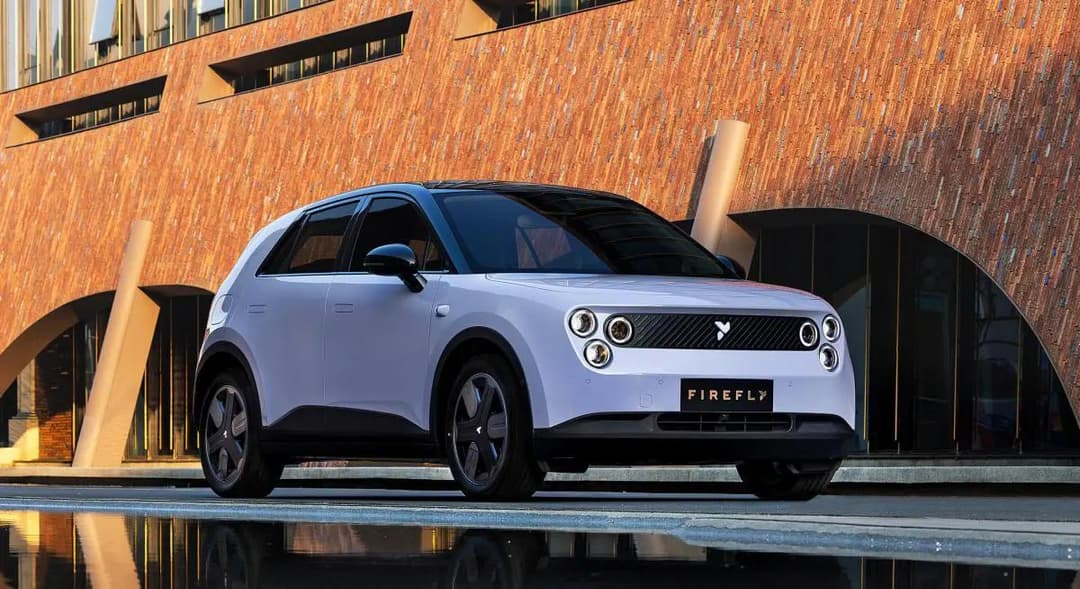
Compact but not cramped
Despite its pint-sized footprint, the Firefly is surprisingly roomy inside. Thanks to a flat floor and clever design choices, the cabin feels far from cramped. There’s space to move — even enough for the driver to scoot over and exit from the passenger side if needed (a nod to tight parking spots in cities).
The minimalist interior keeps things clean, but there’s no shortage of tech. A slick infotainment screen runs on a powerful processor, making it one of the smoother systems in this segment. While other hatchbacks often lag with outdated UIs, the Firefly’s system feels current and sharp — clearly a result of Nio’s attention to detail. A secondary screen behind the small steering wheel handles your key drive info.
Storage is smartly done, with tucked-away compartments even under the seats — not just a gimmick, but actually useful for things like emergency kits or daily-use gear.
▶️MORE: Are Electric Cars Better For The Environment?
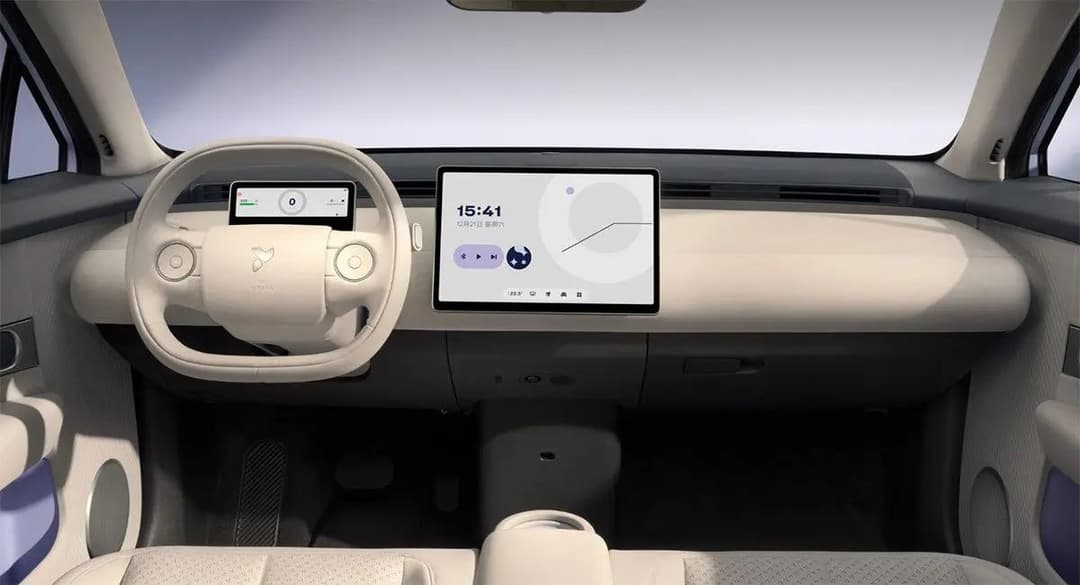
City slicker with sharp handling
On the performance front, the Firefly’s 105kW rear motor delivers a top speed of 150km/h — more than enough for Aussie roads. But the highlight is its energy efficiency. With an expected consumption rate of around 10kWh per 100km, it’s likely to be one of the most frugal EVs in the real world. That low-slung frontal area and compact dimensions help it sip energy instead of guzzling it.
And with a turning radius of just 4.7 metres, this is exactly the kind of nimble car you’d want darting through city lanes or negotiating tight carparks.
▶️MORE: Best EV Charging Networks in Australia
Eye-catching design, inside and out
Love it or hate it, you’ll spot the Firefly from a distance. The triple-circle headlight setup is unlike anything else on the road, and it continues out back for a cohesive look. A carbon-fibre-look strip runs across both ends, housing the Firefly logo — quirky, sure, but it’s bold without being ridiculous.
Inside, it’s functional minimalism. Not bare-bones, not overdone. Just clever touches, good tech, and thoughtful use of space.
▶️MORE: Bidirectional (V2H and V2G) EV Chargers Guide (2025)
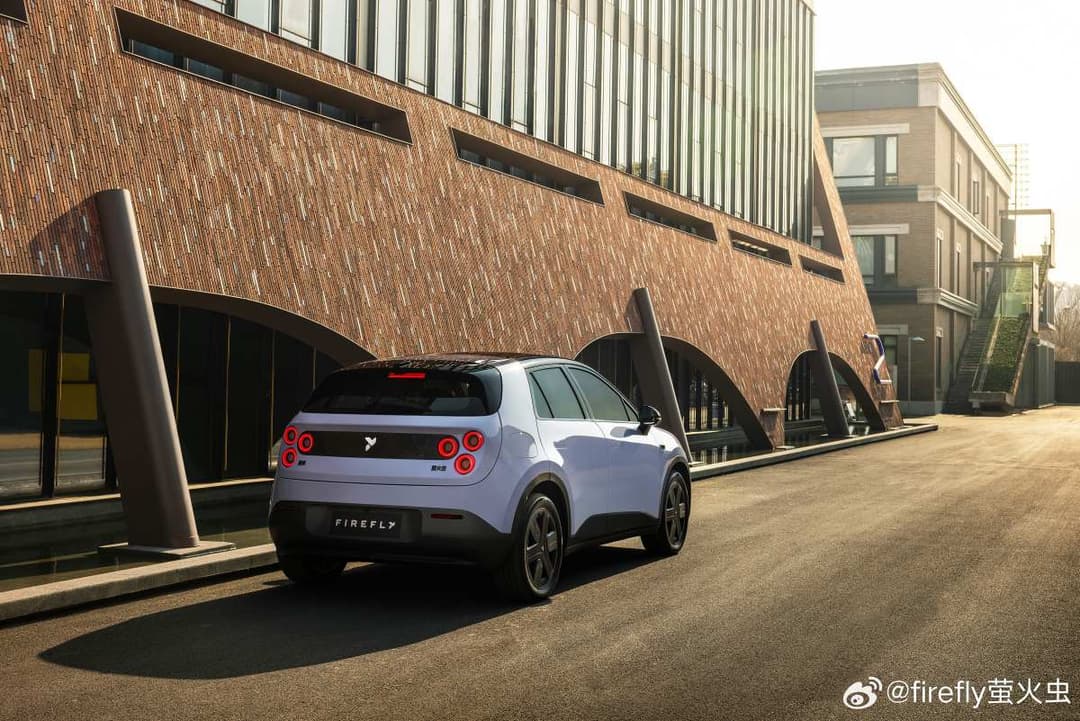
Could it come to Australia?
Nio already has a presence in European markets like Norway, Germany, Sweden, and the Netherlands — regions known for their high EV uptake and high standards. And with Firefly clearly built to match those expectations, there’s good reason to believe right-hand-drive markets like the UK, Southeast Asia, and maybe even Australia and New Zealand are in the pipeline.
For Aussie buyers — especially those keeping tabs on new tech and future-proof city cars — the Firefly offers a refreshing take on the urban EV. It’s small but not stripped-down, cheap but not underpowered, and efficient without feeling dull.
Stay up to date with the latest EV news
- Get the latest news and update
- New EV model releases
- Get money savings-deal

Privacy policy